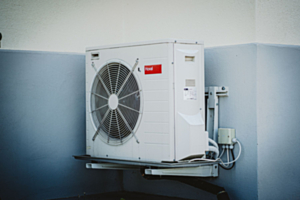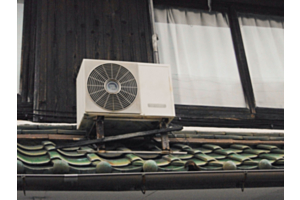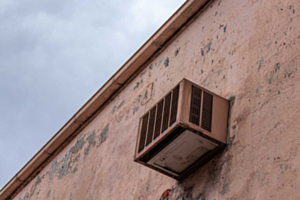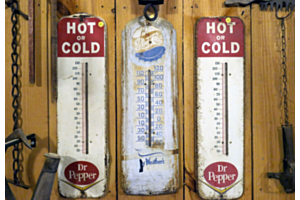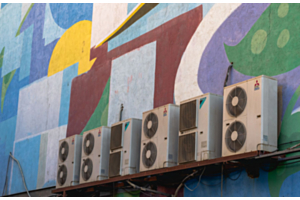How Many Watts Does a Mini Split Use?

There’s nothing like the holidays to remind you how much power you’re using. Your electricity bill arrives and you’re gobsmacked. Then again, it takes wattage to keep all those twinkly Christmas lights shining.
If you’re thinking of adding a mini split system to your home, it’s again going to come down to wattage. How much more will the mini split add to your electric bill? We’re here to provide you with the information you need.
How Many Watts Does a Mini Split Use?
First, we have to say there’s no one cut and dry answer about how much wattage to expect from your mini split system. It depends on the size of your mini split in British thermal units or BTUs.
Let’s say, for example, that your mini split runs on 9,000 BTUs, which is common for some models (such as ductless mini split systems from Fujitsu). What kind of watt consumption are you looking at here?
It’d be about 600 watts, give or take. Some mini split owners have reported that their running wattage for cooling is less than 600 watts, or 560 watts approximately. The same mini split system may run on 800 watts for cooling.
Peak loads could lead to even higher wattages. For example, the same mini split system may run at 2,050 watts for peak cooling and 2,390 watts for peak heating. Peak wattage varies on factors like the room size you’re heating or cooling in cubic feet. Also, the R-value of the room comes into play.
If you’re not familiar with an R-value, this is a measure of thermal resistance that determines how well-insulated a room is. High R-values denote more insulation while lower ones represent less. Now, having a lower R-value isn’t necessarily a bad thing. After all, in some parts of the United States, there’s less need for insulation. It all depends on the climate in the place you call home.
The US is divided into eight zones, with the southernmost states requiring the least insulation (Zones 1 and 2), the upper southern states needing a bit more (Zone 3), the middle of the country falling into Zones 4 and 5, the upper part of the US in Zone 6 for more insulation, and the northernmost states in Zone 7.
What Is a SEER and EER? What about COP?
We also wanted to take a moment to discuss three acronyms that come up when measuring mini split wattages: SEER, EER, and COP. We’ve mentioned SEER and EER on this blog before, but here’s a refresher.
SEER, or the seasonal energy efficiency ratio, refers to the efficiency of your mini split system’s heat pump and air conditioning. To calculate it, you take your cooling season cooling output. Then, you want to divide that by how much energy you use per season. With SEER, you know the total effectiveness of your mini split system by season.
EER is very similar, as it stands for the energy efficiency ratio. Instead of calculating efficiency by season, it’s more of an overall measurement. Then there’s COP, or coefficient of performance. To get this, you take your useful heat supply and divide it by how much effort the system has to put forth to provide heat.
Sources:
https://forum.solar-electric.com/discussion/22155/calculations-for-mini-split


